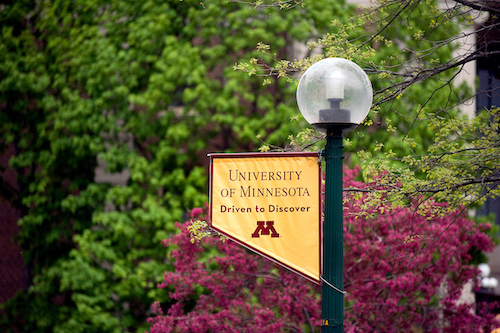
StudyFinder
Apologies, this page is not available.
MT2015-29 : Myeloablative Allogeneic Hematopoietic Cell Transplantation Using a Related or Adult Unrelated Donor for the Treatment of Hematological Disorders

Status: Recruiting
The primary research element is to determine whether a graft-versus-host disease (GVHD) prophylaxis regimen of post-transplant cyclophosphamide, tacrolimus and MMF will reduce the likelihood of chronic GVHD in patients receiving a standard hematopoietic myeloablative stem cell transplant. The treatment related components of this protocol are established clinical practices. We are looking at cumulative incidence of chronic GVHD requiring systemic immunosuppressive treatment at 1 year post-transplant.
Sex: Male or Female
Age Group: Not specified
Inclusion Criteria:
• no more than 60 years old
• may be unable to work; able to live at home and care for self
• women of child bearing potential and sexually active males with partners of child bearing potential must agree to use adequate birth control for the duration of treatment
• see link to clinicaltrials.gov for complete inclusion and exclusion criteria (differ by diagnosis)
Exclusion Criteria:
• if ≤ 18 years old, prior myeloablative transplant within the last 6 months. If >18 years old prior myeloablative allotransplant or autologous transplant
• active central nervous system cancer
• active HIV infection or known HIV positive serology
• active uncontrolled infection
• women who are pregnant or breast feeding
Conditions:
Cancer
Keywords:
Clinics and Surgery Center (CSC), Acute Leukemia, Acute Myeloid Leukemia, ALL, AML, HSCT
Study Contact: Punita Grover - groverp@umn.edu
Principal Investigator: Punita Grover
Phase: PHASE2
IRB Number: STUDY00001087
See this study on ClinicalTrials.gov